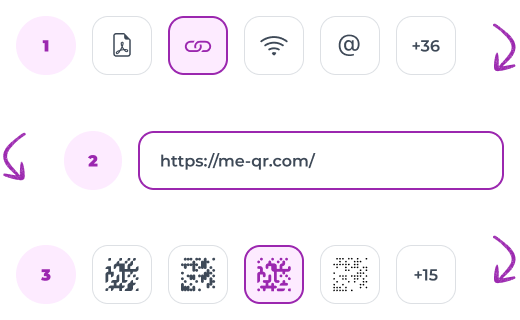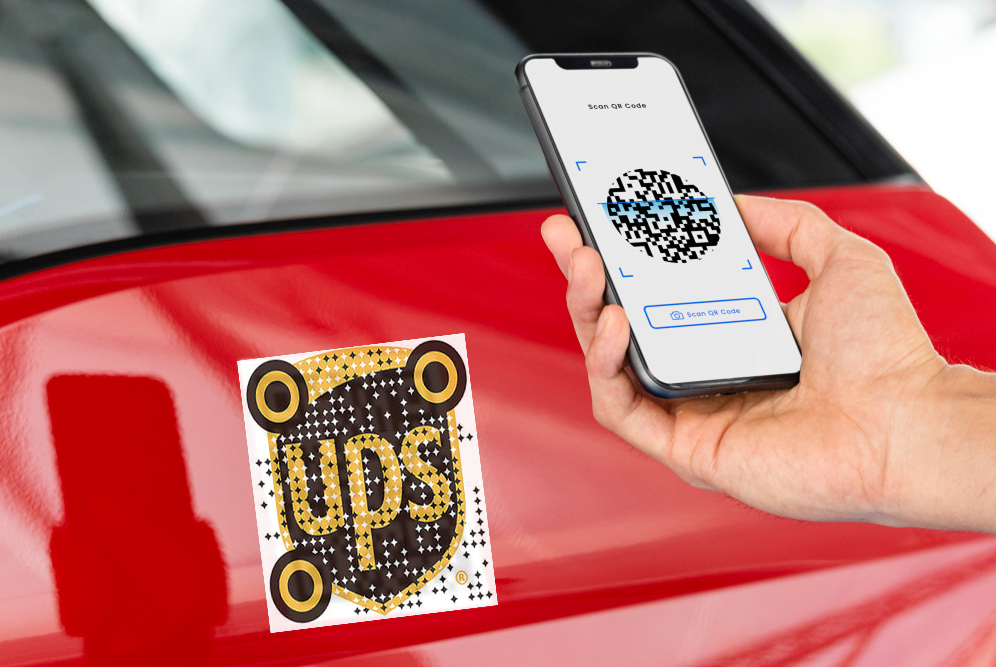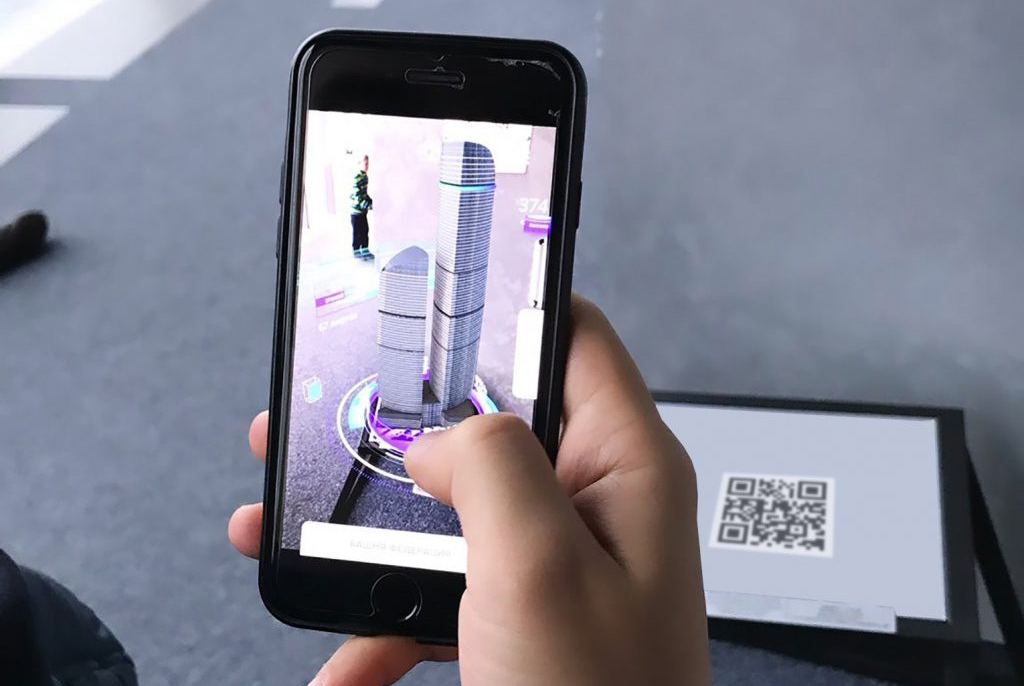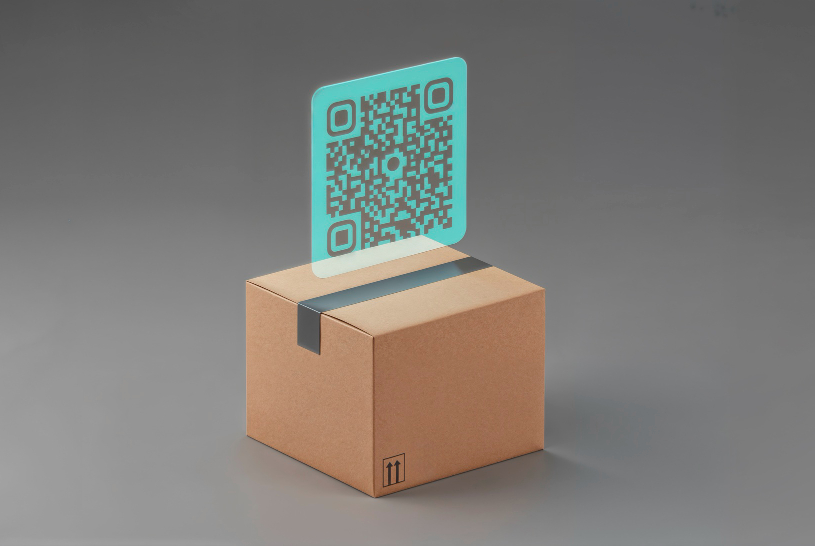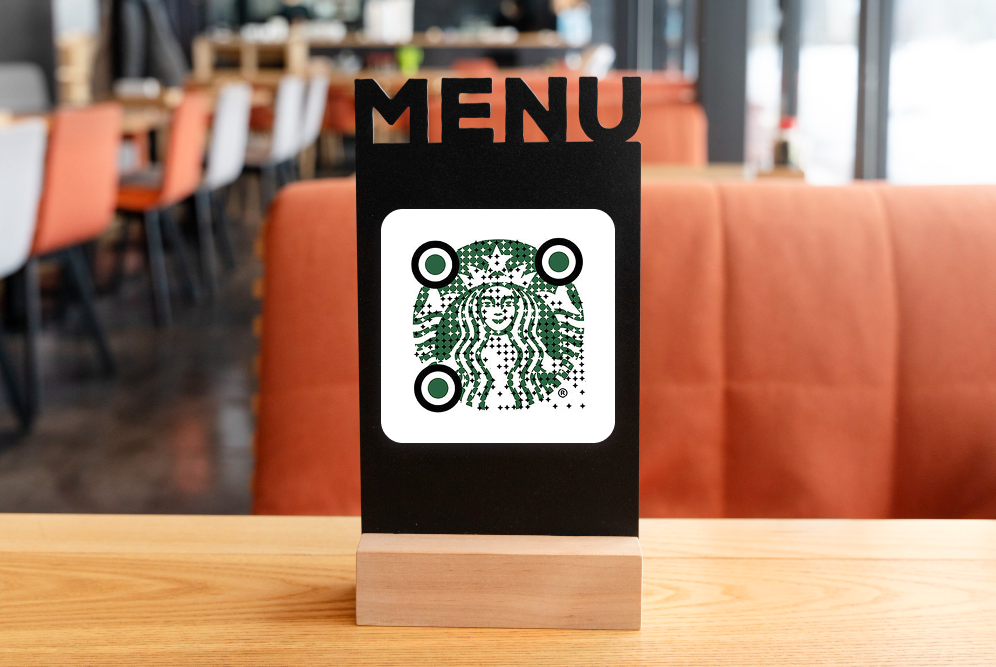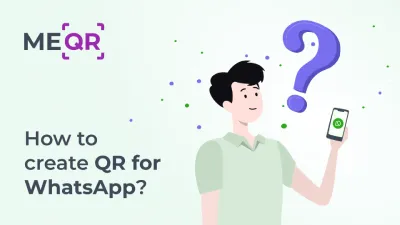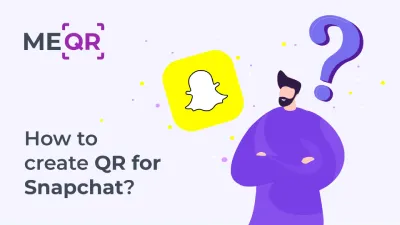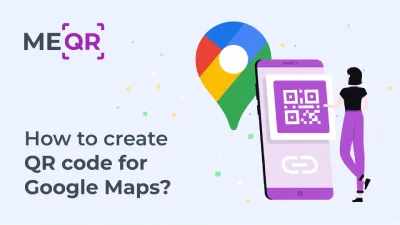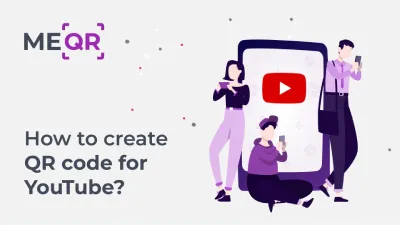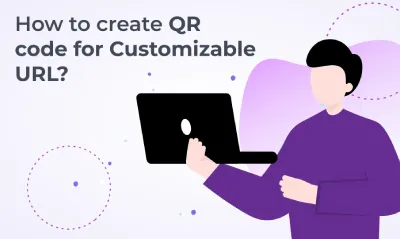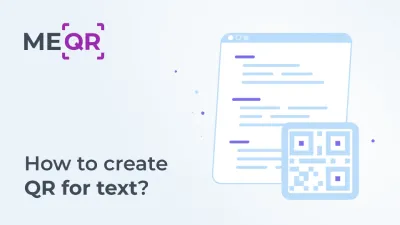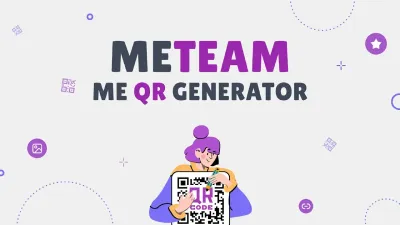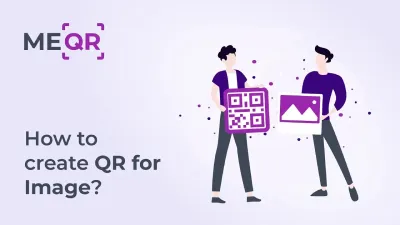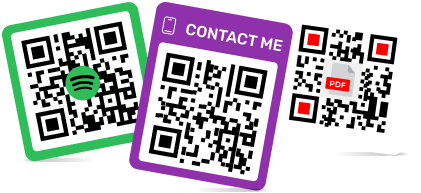The role of QR technology in making creative invitations
To create QR code for link, video or image - click on button below.

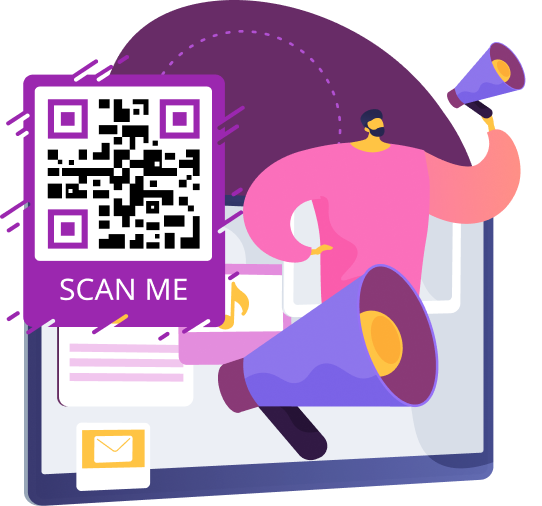
Making event invitations is an essential part of pre-event planning. You commonly use them for weddings, anniversaries, corporate parties, concerts, exhibitions, etc. The purpose of these invitations is to inform guests about the time, place, and other details of the planned event.
But paper invitations are losing their popularity among event planners and guests. Invitations with QR codes are a new trend - a modern and functional alternative to traditional invitations. You can create creative invitations with QR codes for birthdays, weddings, anniversaries, concerts, corporate events, web conferences, and more. Event industry research from Eventbrite shows that 73% of event organizers believe technology enhances the attendee experience, with QR codes being one of the most adopted digital solutions.
Why You Need QR Codes for Invitations
Preparation of invitations involves a lot of work. It takes a few minutes for the recipient to read the information, while the addresser must spend several days composing the text, designing the invitation, and printing it. All the efforts to make the invitation eye-catching and memorable. If this is your goal, choose an easier way - make a QR code for invitations.
You can create creative invitations with QR codes for birthdays, weddings, anniversaries, concerts, corporate events, web conferences, and more.
There are two types of invitations:
Traditional Printed Invitations With QR codes
Make the classic formatted invitation card with QR code that will contain additional information about your event, such as a map with directions to the venue. This would be perfect for personalized invitations that include both personal and general information;
Electronic Invitations With QR Codes
You can make a QR code with all the information about the event and use it as a universal invitation. Just make one code and send it to people on your invite list. This way, you can create a QR code for an event of a large scale, like a concert or museum exhibition.
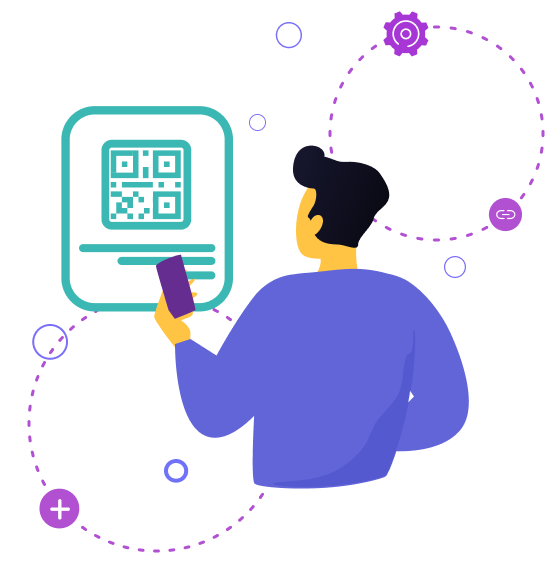
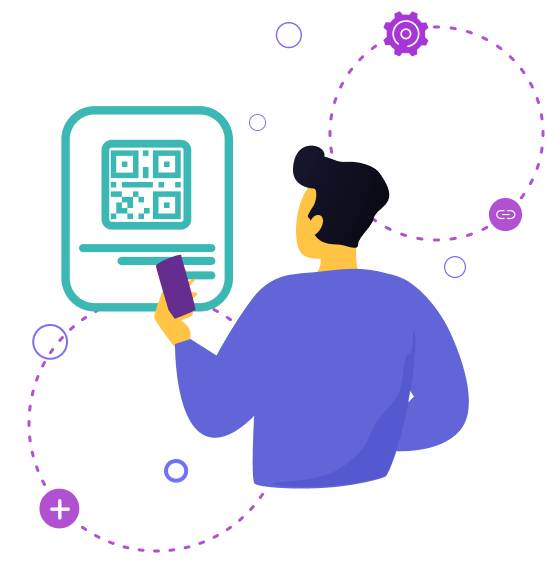
Regardless of the event format, the need to send out invitations remains an integral part of the preparation for an event. Sometimes this process plays a special role, like emphasizing the importance of your guests and their role in the celebration. Your guests will be more pleased to receive unique wedding invitations with QR codes than simple letters with a standard text and design.
Therefore, the QR generator will be a useful tool in event planning.
Generating a QR code invitation


The use of QR codes on invitation materials makes event planning easier. You can use interactive QR codes to provide your guests with event details.
All you need is a QR code generator for events.
Follow these steps:
- Open the ME-QR service;
- Select the code type;
- Add the desired content;
- Customize the code design to make the QR code invitation card more stylish and catchy;
- Save the code in PNG or SVG.
As you can see, the use of QR codes in invitations has a lot of benefits. By using a QR code for a wedding or party, you can stir up interest in your event before it takes place. Try creating codes for invitations and evaluate their benefits!
Pros and Cons of Using QR Codes for Invitations
Pros of Using QR Codes for Invitations:
-
QR codes enable quick access to additional information like event details, RSVP forms, and directions, which can enhance the user experience by simplifying these actions to just a scan;
-
they can reduce printing costs as less information needs to be printed on the physical invitation. This can be particularly advantageous for large events;
-
QR codes can be customized and tracked, allowing event organizers to see how many people have scanned the code and interacted with the content, providing useful metrics for engagement;
-
they can make your invitations stand out by incorporating a modern, tech-savvy element.
Cons of Using QR Codes for Invitations:
-
not everyone might be familiar with how to use QR codes or have the necessary technology (like a smartphone or a QR scanner app) which could limit the reach of your invitations;
-
QR codes require a smartphone and an internet connection, which might not be available to all invitees, especially in areas with poor connectivity;
-
there is a risk of QR codes being manipulated to redirect to malicious websites, potentially putting personal information at risk. It’s crucial to ensure that the QR codes are generated from secure sources and that invitees are aware of what they should expect upon scanning the QR code;
-
some may find digital interactions less personal compared to traditional methods, which could affect the overall perception of your event.
Use Cases for QR Codes for Invitations
By incorporating QR codes into invitations, hosts can provide guests with quick access to essential information, streamline RSVP processes, and offer interactive features that elevate the overall experience.
From personal celebrations to corporate events, QR codes can be tailored to meet the unique needs of any occasion. Below are some innovative ways to use QR codes in invitations for various types of events.
Birthday Parties
QR codes can link to an online RSVP form for easy guest management. This helps hosts keep track of attendees and any special requests or dietary restrictions.
Additionally, a QR code can direct guests to a webpage with party details, such as the schedule, venue information, and dress code. This keeps the invitation clean while providing all necessary information. For milestone birthdays or children’s parties, a QR code can link to a gift registry or wishlist, making it easier for guests to choose a suitable gift.
Corporate Events
QR codes can streamline the process for attendees to sign up and receive event materials by linking to online registration forms, like Google Forms. This makes it simple for organizers to manage attendee lists and distribute information.
QR codes can also direct attendees to a webpage with the event agenda, speaker bios, and session details, ensuring they have all the information they need to plan their day. For networking opportunities, QR codes can link to a digital platform where attendees can see the list of participants and arrange meetings before the event.
Conferences and Seminars
QR codes on the invitation can direct attendees to a webpage with the full conference program and schedule, helping them navigate the event and choose sessions of interest.
They can also provide access to venue maps, including breakout rooms, exhibition areas, and dining locations, ensuring attendees can find their way around easily. Additionally, QR codes can link to resources for download, such as presentations, white papers, and other materials related to the conference sessions.
Product Launches
QR codes on product launch invitations can generate excitement and anticipation by linking to teaser videos or exclusive content about the new product. This can create a buzz and give potential customers a sneak peek into what’s coming.
QR codes can also provide guests with exclusive offers or discounts on the new product, enhancing their experience and encouraging purchases. Post-event, QR codes can link to feedback forms, allowing attendees to share their thoughts and experiences about the product launch.
Anniversary Celebrations
QR codes can direct guests to a digital gallery of photos and videos from past years, celebrating the journey and memories of the anniversary. This adds a personal touch and allows guests to reminisce about shared moments.
QR codes can also link to a special message or video from the hosts, adding warmth and personalization to the invitation. For events with multiple activities, QR codes can guide guests to different sections of the anniversary celebration, providing a seamless experience.
Fundraising Events
QR codes can make it easy for attendees to contribute to fundraising efforts by linking directly to online donation platforms. This simplifies the donation process and can increase the amount of funds raised.
During the event, QR codes can provide real-time updates about fundraising goals, amounts raised, and other important announcements. For auctions, QR codes can give detailed information about items up for bid, including descriptions, images, and bidding instructions, enhancing the fundraising experience.
Graduation Parties
QR codes can link to a webpage with all the details of the graduation party, including the date, time, location, and any special instructions. This ensures guests have all the information they need at their fingertips.
QR codes can also lead to a platform where guests can upload and view photos from the graduation ceremony and party, creating a shared space for memories. After the event, QR codes can link to personalized thank-you messages or videos from the graduate, expressing gratitude to guests for their support and attendance.
Holiday Gatherings
QR codes can direct guests to a webpage with comprehensive information about the holiday gathering, such as the menu, planned activities, and gift exchange rules. This keeps guests informed and enhances their experience.
For potluck-style gatherings, a QR code can link to a shared document where guests can sign up to bring specific dishes or share their recipes. Additionally, for guests who can’t attend in person, a QR code can provide access to a virtual celebration, allowing them to join in the festivities online.
Thank You Notes
After the event, QR codes can link to personalized thank-you messages or videos from the hosts, expressing gratitude to guests. This adds a modern twist to traditional thank-you cards and keeps the memories of the event alive.
QR codes can also direct recipients to a photo gallery or video montage from the event, allowing them to relive the experience. For fundraising events, QR codes can provide a final update on the amount raised and how the funds will be used, giving donors a sense of closure and accomplishment.
Final Thoughts
QR technology has revolutionized the way we create and distribute invitations, offering a blend of functionality and creativity that enhances the guest experience.
By embedding QR codes in invitations, hosts can streamline event planning, provide instant access to essential information, and add interactive elements that engage guests in new and exciting ways. From simplifying RSVP processes to sharing event details and exclusive content, QR codes make invitations more dynamic and user-friendly.
